The microscopic world of insects has always fascinated me. During my last 15 years of travelling, I have been lucky enough to come across some of the most unique creepy crawlers: tiny scorpions in Borneo, colourful beetles in Thailand, majestic blue morpho butterflies in Peru, giant cicadas in Hong Kong, and a plethora of scary tarantulas from Asia to South America.
A remarkable variety of insects inhabit this planet. In fact, more species of insects exist than all other animal species put together.
But you don't have to travel halfway across the world to observe them and marvel at their rituals - they are all around us. Here is a glimpse into some of the most common creatures which exist in many of our backyards, fields, parks and forests.
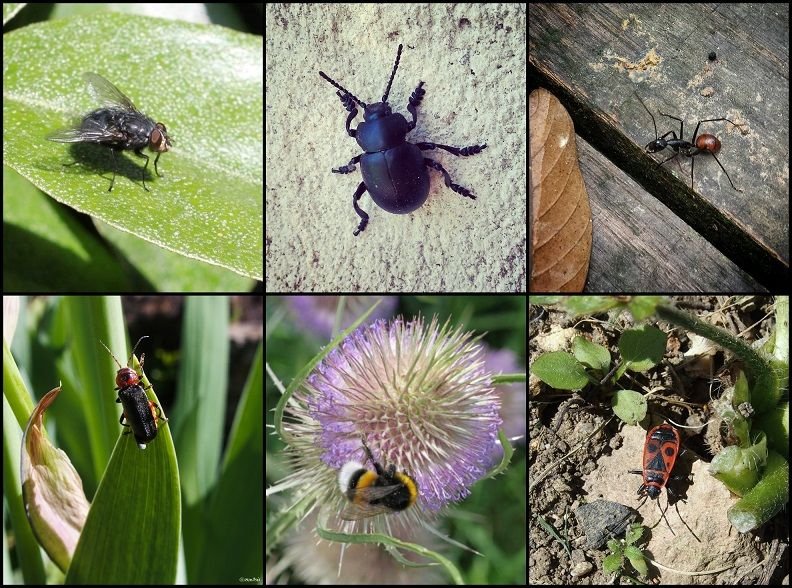

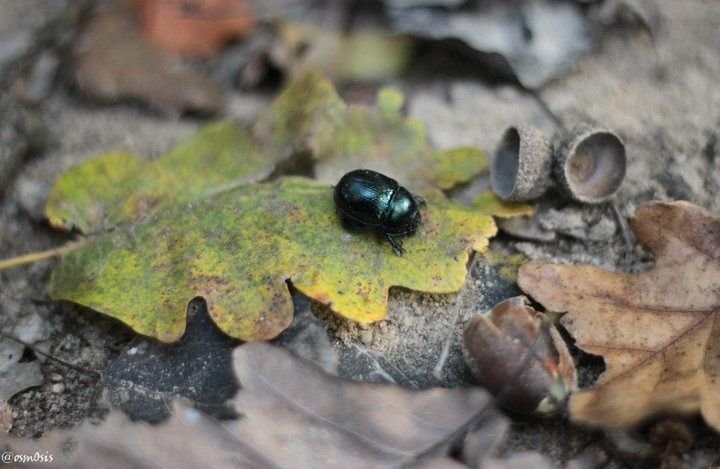
Beetles are some of the friendliest and non aggressive creatures I have encountered - no matter the size. Thankfully, most of them move slowly enough to be picked up and observed.
This one is also known as the Coleoptera. Over 400 000 species have been found in a variety of different habitats on Earth, with new species still being discovered to this day.
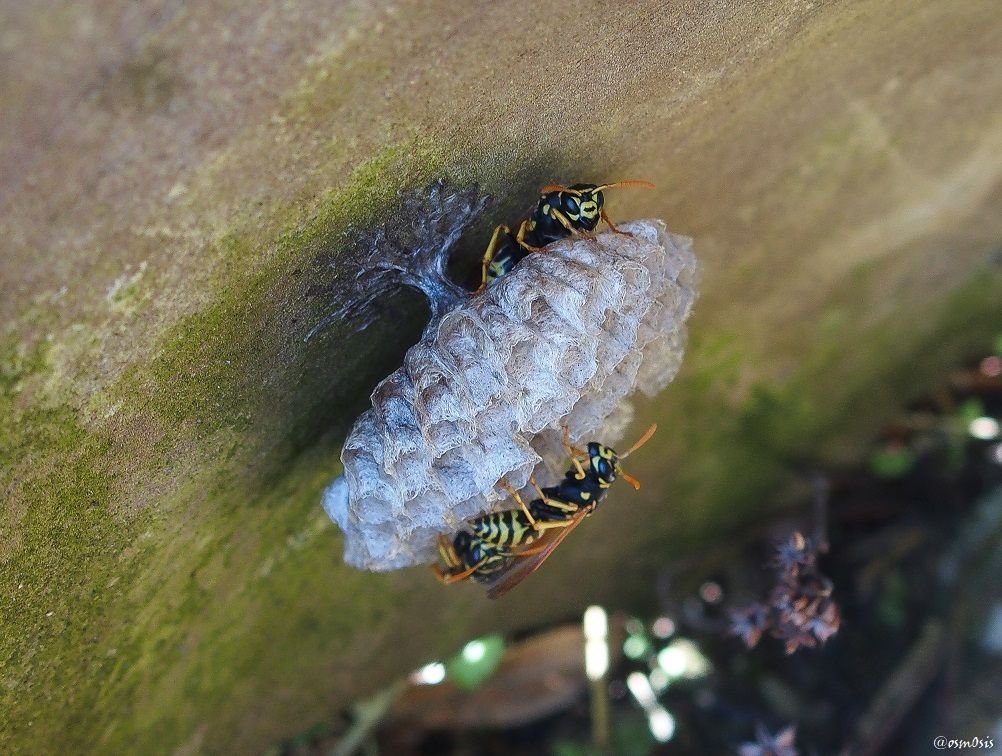
I found these wasps inside an old broken pot. They seemed half asleep which may explain how I was able to get so close without upsetting them.
Wasps play many ecological roles. Some are predators or pollinators, either feeding themselves or provisioning their nests.
FUN FACT: some wasps live together in a nest with an egg-laying queen and its workers (such as yellowjackets and hornets), yet the majority of wasp species are solitary, with each adult female living and breeding independently. Most of the solitary wasps lay their eggs on or in other insects, with the larvae eventually killing their host as they grow.
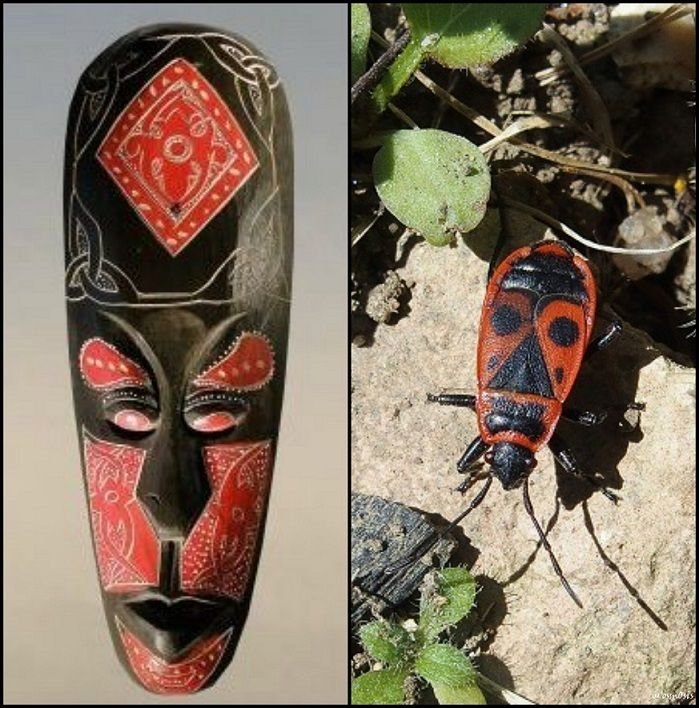
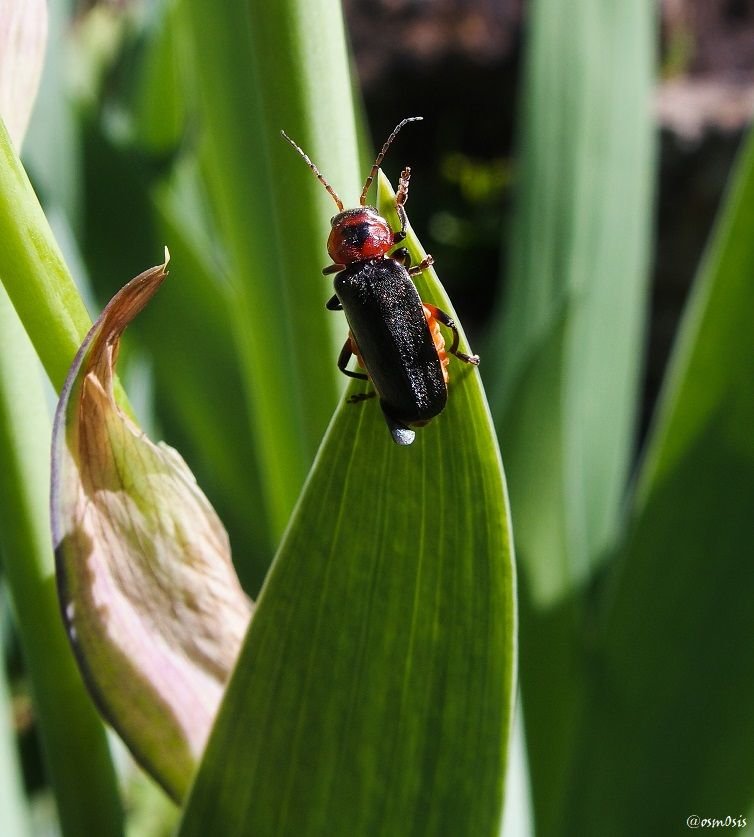
Introducing... the 🔥FIREBUG🔥
These little guys are some of my favorites. They usually appear in the garden when the sun is out and enjoy hanging out in groups, sometimes unbelievably massive groups aggregating one on top of the other to, I presume, keep themselves even warmer, or mate.
The designs on their backs are identical within the species, and resemble that of a face (eyes, nose, mouth..) - another ingenious creation of evolution (along with its bright red color) to ward off any predators approaching a little too close.
I've placed the firebug next to an African mask to show you the resemblance. African mask designs often draw their inspiration directly from nature.
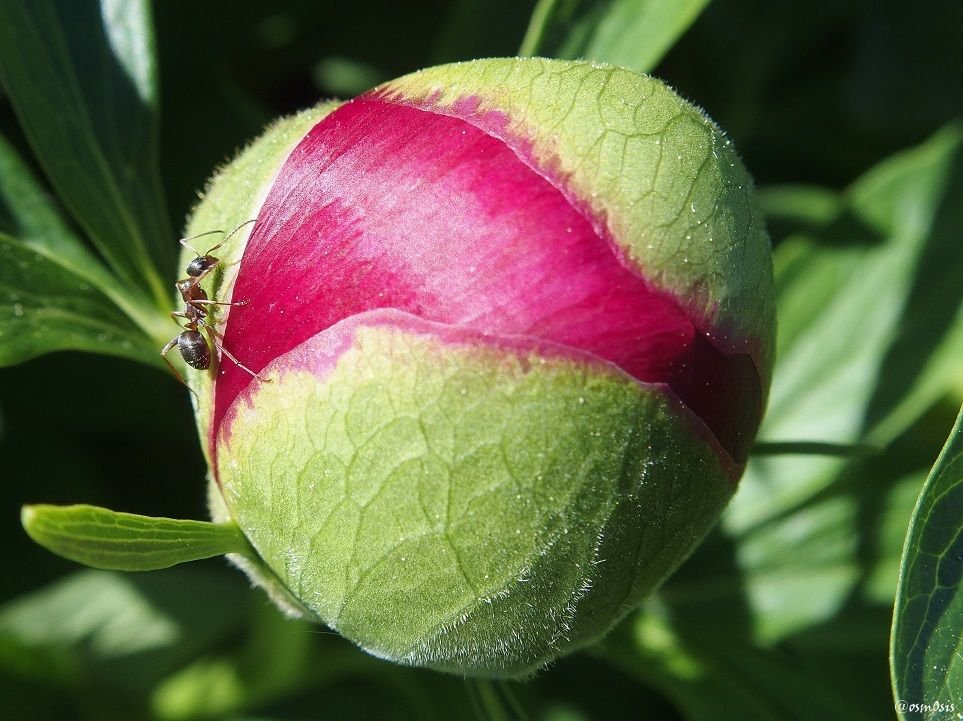
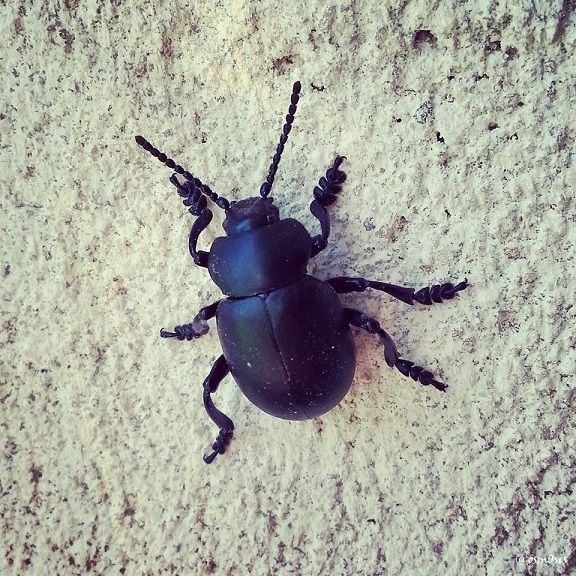.jpg)
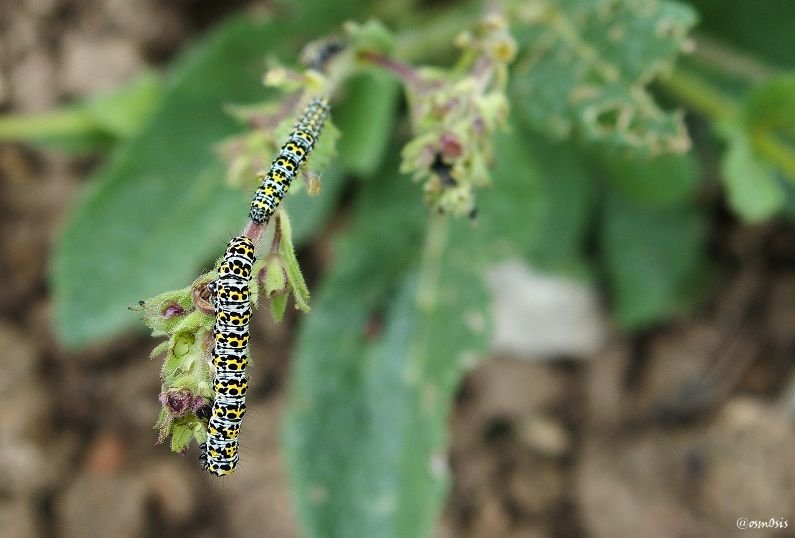
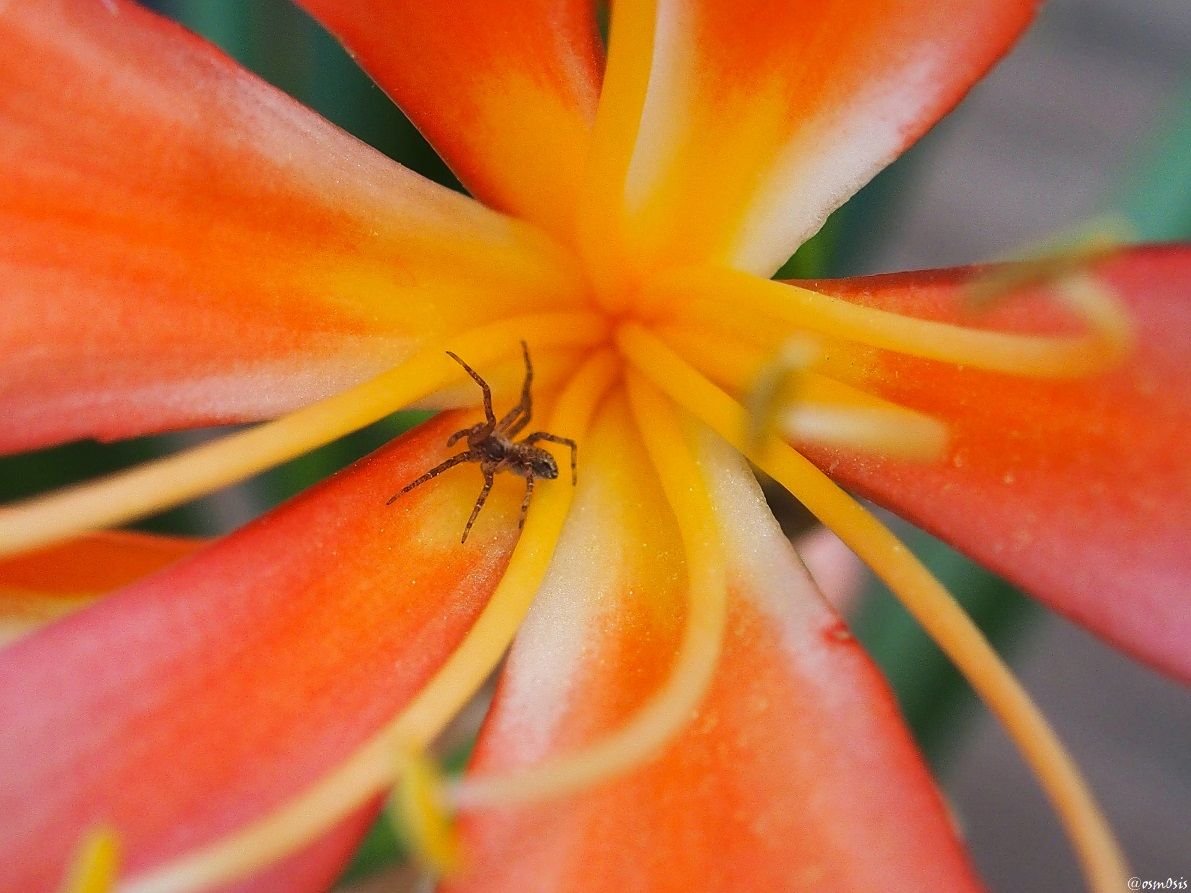
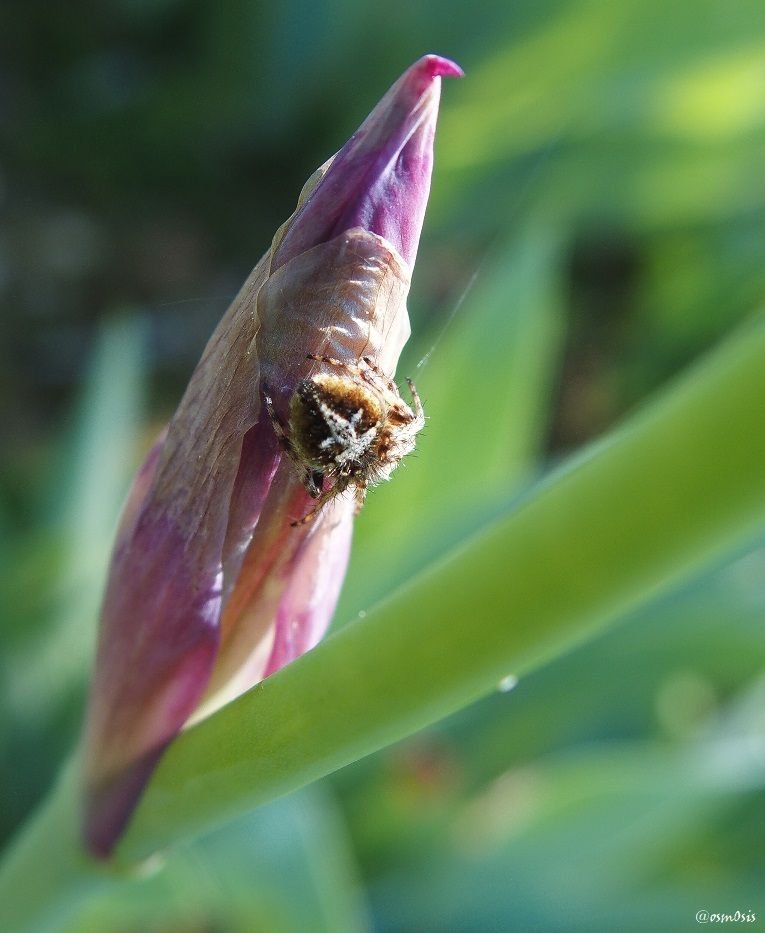
Spiders have been a huge source of fear since I was a little girl, generating the occasional scream, alike many of you out there (that includes you boys😜). Even though I can contain myself when faced with one nowadays (sort of), they still send chills down my spine from time to time. I mean c'mon...4 eyes and 8 legs?! That's creepy.
Luckily the ones I photographed here are so small, I couldn't quite catch their tiny eyes. "These are just cute little spiders"... just keep telling yourself that, and you'll be fine😊
Although most spiders live for at most two years, bigger species such as tarantulas can live up to 25 years in captivity.
As many of you will already know, they may superficially look like insects, but they belong to another animal group called "arachnids".
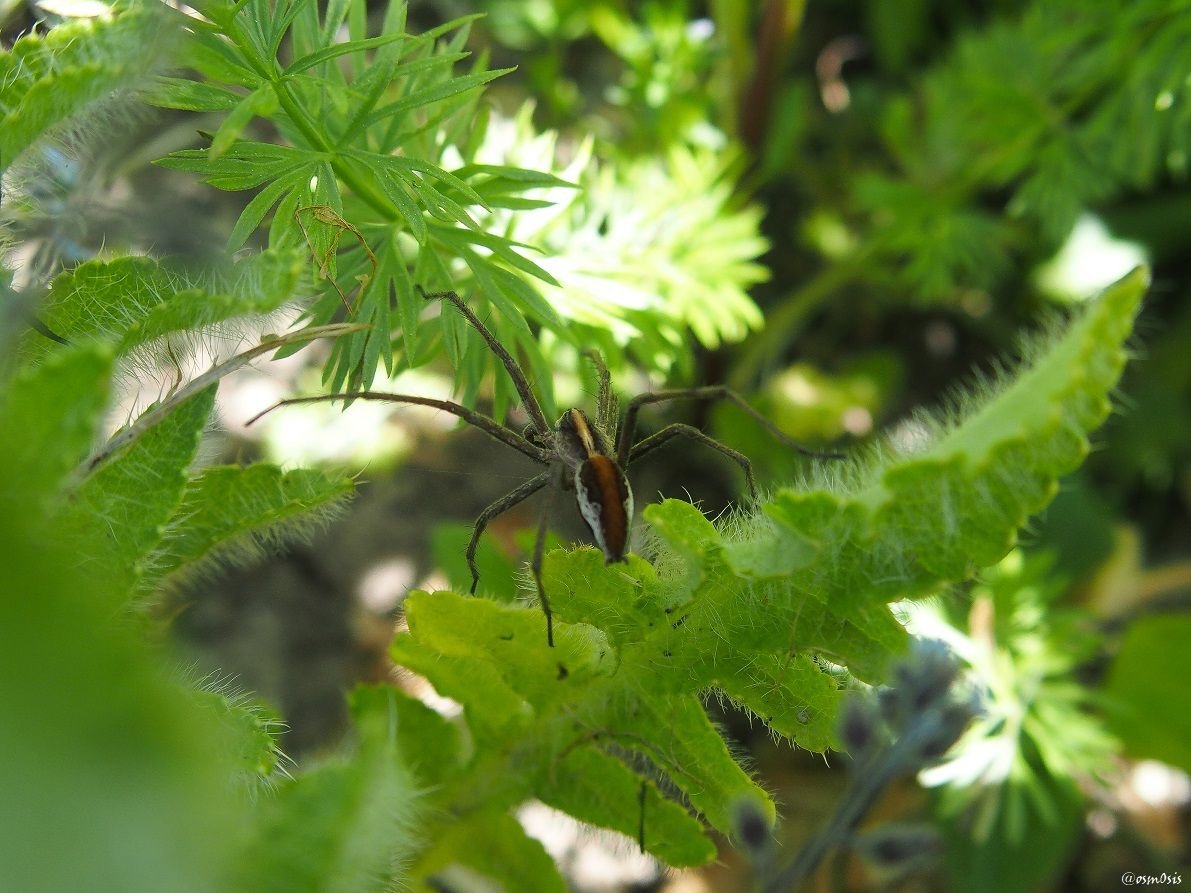
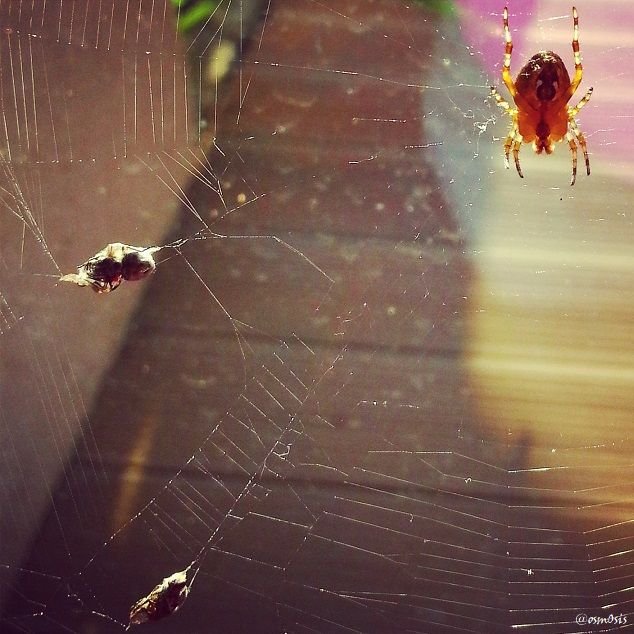
All known species of spiders are predators, mostly preying on insects and on other spiders, with some of the larger species also attacking birds and lizards. Nightmares here we come!
Spiders use a wide range of strategies to capture their prey: trapping it in their webs, lassoing it with sticky bolas, mimicking the prey to avoid detection, or running it down. I've experienced the last one with a spider living in my own home in Vietnam... the attacker was no bigger than the palm of my hand, but man was he feisty!
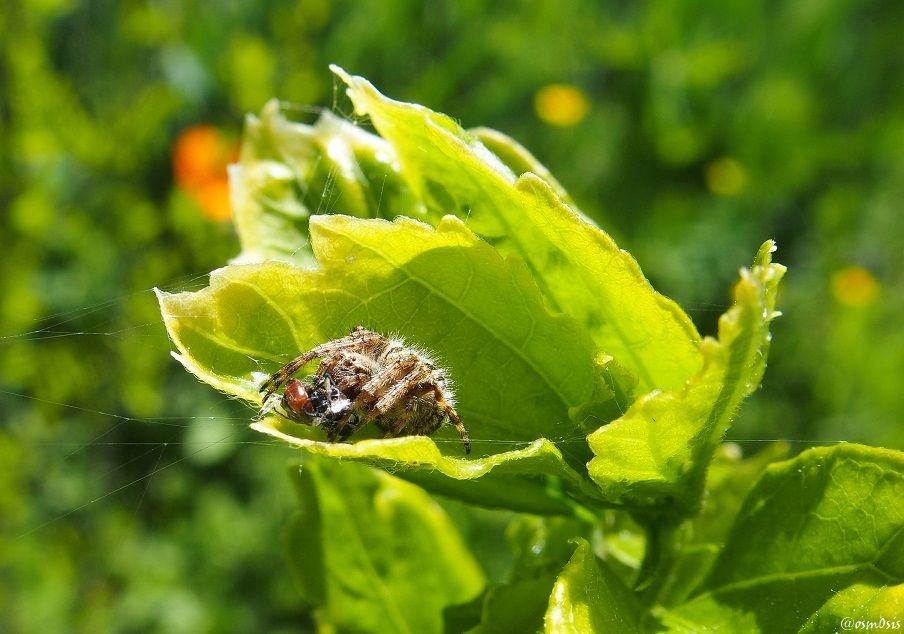
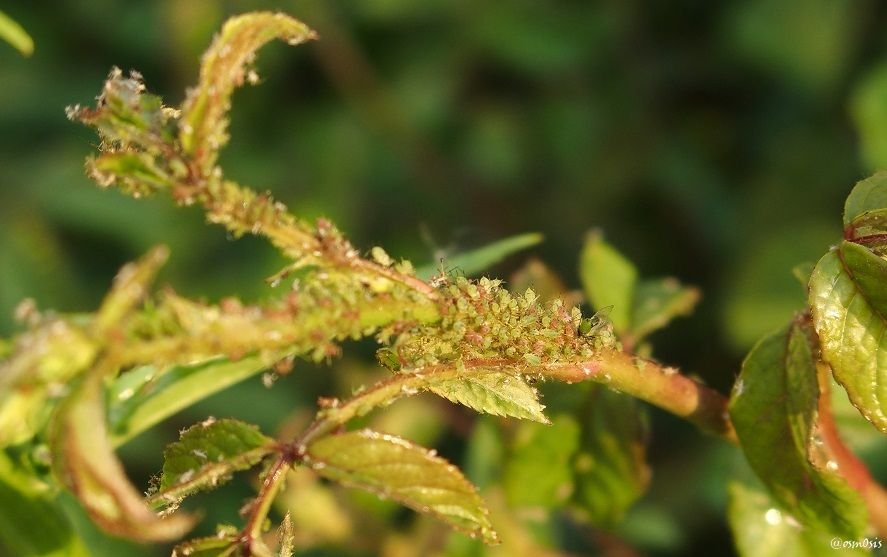
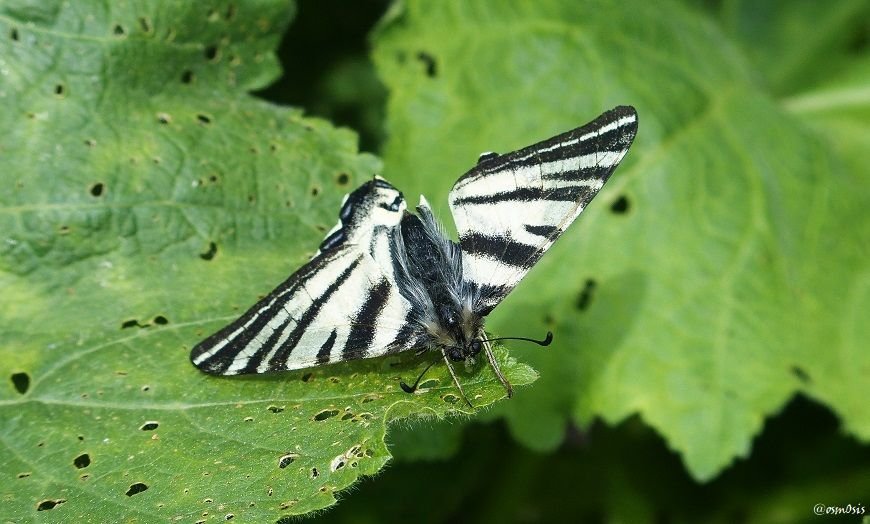
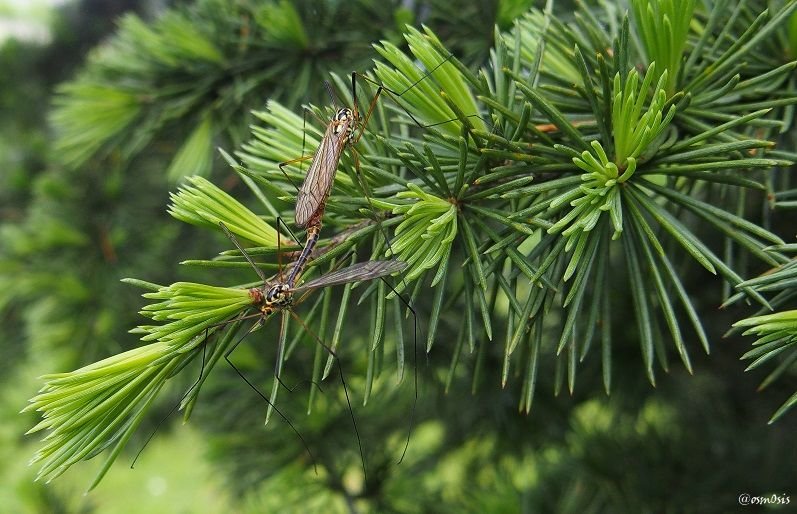
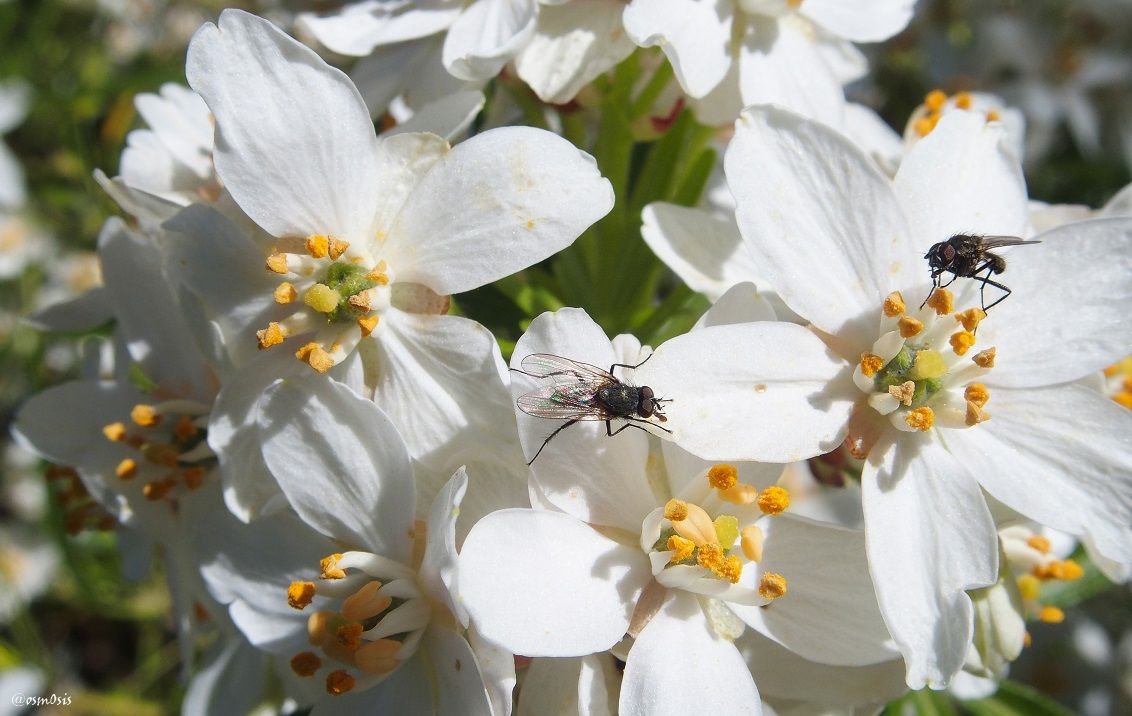
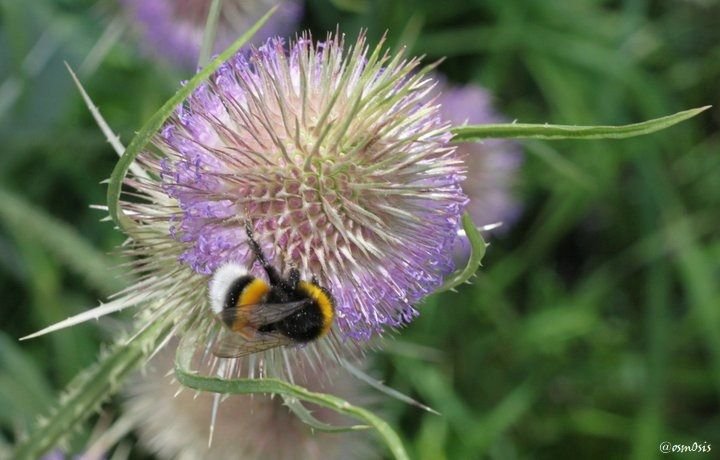
Insects have been on the Earth for hundreds of millions of years - far longer than we have - and may possess the ability to survive for many millions more.
(if we haven't already destroyed the Earth by then...)Paying attention to these small creatures enables us to appreciate their diversity, understand their adaptation methods, study their behavior and realize the importance of their activities for environmental quality. Most, like the ones we have seen above, are inoffensive creatures smaller than our pinky nail, sometimes almost invisible to the naked eye, yet vital to our immense cycle of life.

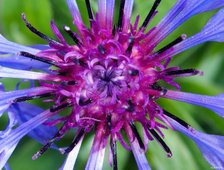 Patterns and designs in nature - FLOWERS |  Patterns and designs in nature - LEAVES |
|---|---|
 The story of an old well and its secrets - Part 2 | .jpg) The story of an old well and its secrets - Part 1 |
“Learning is not a race for information, it is a walk of discovery” - Jane Healy

